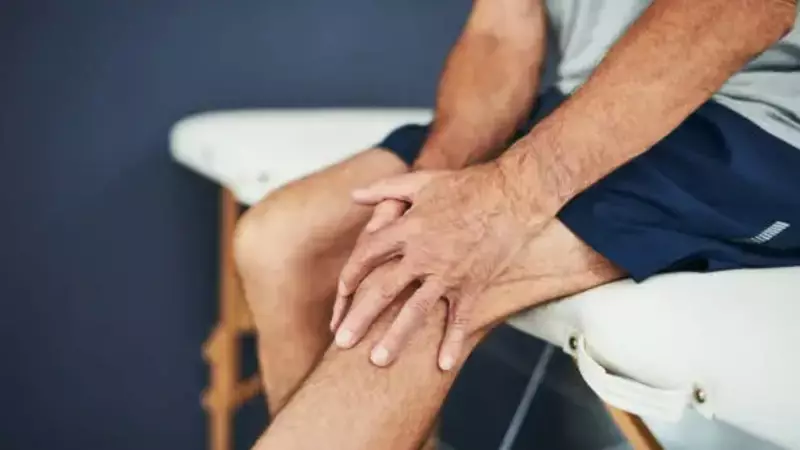
Are you noticing subtle changes in your body that might indicate weakening bones? Osteoporosis, often called the 'silent disease,' can creep up without obvious symptoms until a fracture occurs. For Indians particularly at risk due to genetic factors and dietary habits, recognizing early warnings is crucial for prevention.
The Silent Signals Your Bones Are Sending
Many people assume osteoporosis only affects the elderly, but bone density can start declining much earlier. Here are six early indicators that should prompt you to consult a healthcare professional:
1. Receding Gums and Dental Issues
Your jawbone supports your teeth, and when it begins losing density, gums may recede. If your dentist notices bone loss in your jaw or your dentures suddenly don't fit properly, it could signal osteoporosis elsewhere in your body.
2. Weakened Grip Strength
Research shows that handgrip strength strongly correlates with overall bone density. If you're struggling to open jars or notice your handshake isn't as firm as it used to be, it might indicate declining bone health.
3. Brittle and Weak Fingernails
While many factors affect nail health, consistently soft, brittle nails that break easily can sometimes reflect poor bone mineralization. Your nails and bones share similar structural proteins.
4. Unexpected Height Loss
Losing more than an inch of height isn't just a normal part of aging—it often indicates vertebral fractures caused by weakened bones. Measure your height annually and note any significant changes.
5. Persistent Back Pain Without Injury
Unexplained back pain, particularly in the middle or lower back, might signal tiny fractures in your vertebrae. Unlike muscle strain, this pain may persist for weeks and feel deeper in the spine.
6. Developing a Stooped Posture
The classic 'dowager's hump' or forward curvature of the upper back develops when vertebrae collapse due to insufficient bone strength. This change often happens gradually but significantly impacts mobility and breathing capacity.
Why Early Detection Matters for Indian Population
Indians face unique risk factors for osteoporosis, including higher prevalence of Vitamin D deficiency despite abundant sunlight, genetic predisposition to lower bone density, and traditional diets that may lack sufficient calcium. Urban sedentary lifestyles further compound these risks.
Take action today: If you're experiencing any of these symptoms, especially if you have additional risk factors like family history, early menopause, or prolonged steroid use, consult your doctor about a bone density test. Simple lifestyle changes, adequate nutrition, and appropriate exercise can significantly improve your bone health trajectory.





